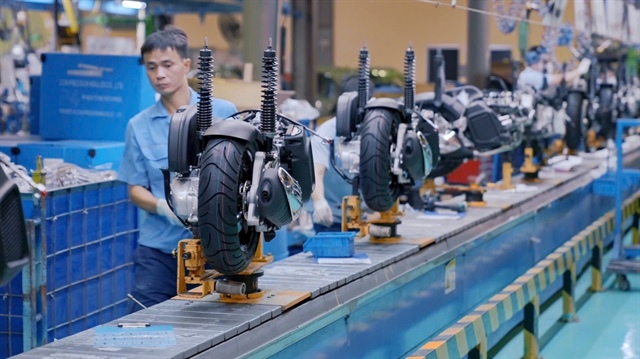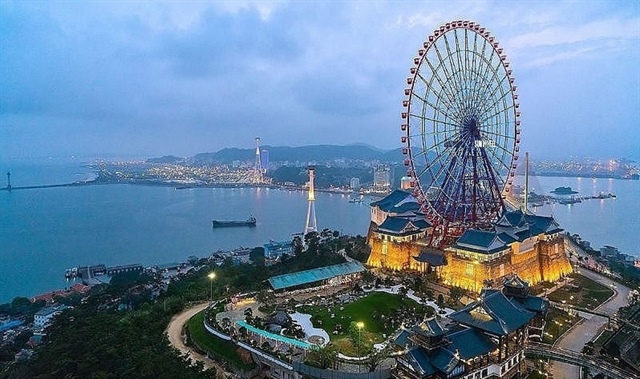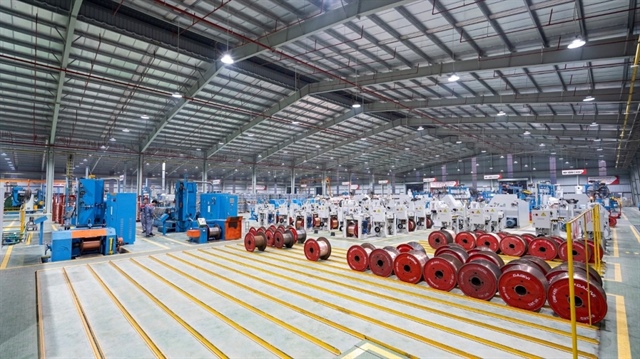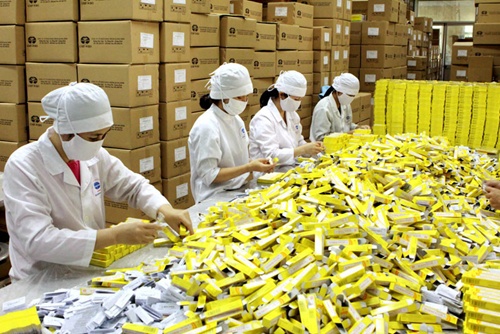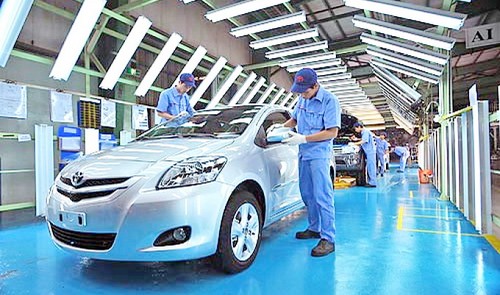Old equipment stymies output
Old equipment stymies output
Only 10 per cent of Vietnamese enterprises use modern technology, of which only two per cent have hi-tech.
This is much lower than that of Thailand with 31 per cent, Malaysia with 51 per cent and Singapore with 73 per cent.
A report released by the science and technology ministry said most local businesses were technologically backward as 76 per cent of their machines and production lines had been imported in the 1950s and 1960s. About 75 per cent of the machines had fully deteriorated.
The number of enterprises operating in the hi-tech sector accounts for only 2 per cent of the total. However, they participate in low-value segments.
Economists said after joining the Trans-Pacific Partnership (TPP), Viet Nam should carefully prepare to take advantage of the new opportunities for further development.
"We cannot develop if we do not have attractive and favourable conditions to lure investment," Tran Dinh Thien, director of the Viet Nam Economics Institute, said.
Thien said Viet Nam's economy depended heavily on China as it was the country's largest export market. In addition, China accounts for 19 per cent of the total import-export value in Viet Nam.
"Viet Nam has been affected due to its dependency on imports from China. After joining the TPP and the global supply chain, Viet Nam should reduce its dependency," he said.
Former Viet Nam Ambassador in South Korea Nguyen Phu Binh said Viet Nam should have large private groups.
The South Korean experience shows they have used the industrial park (IPs) model with special mechanisms and favourable conditions to attract investments effectively.
The development of IPs in Viet Nam has not been planned as every locality wanted to build IPs with a large number of preferential terms to lure investors without specific orientation, Binh said.
He said Viet Nam's participation in the TPP was a smart choice as it could join a platform that suited its capacity.


